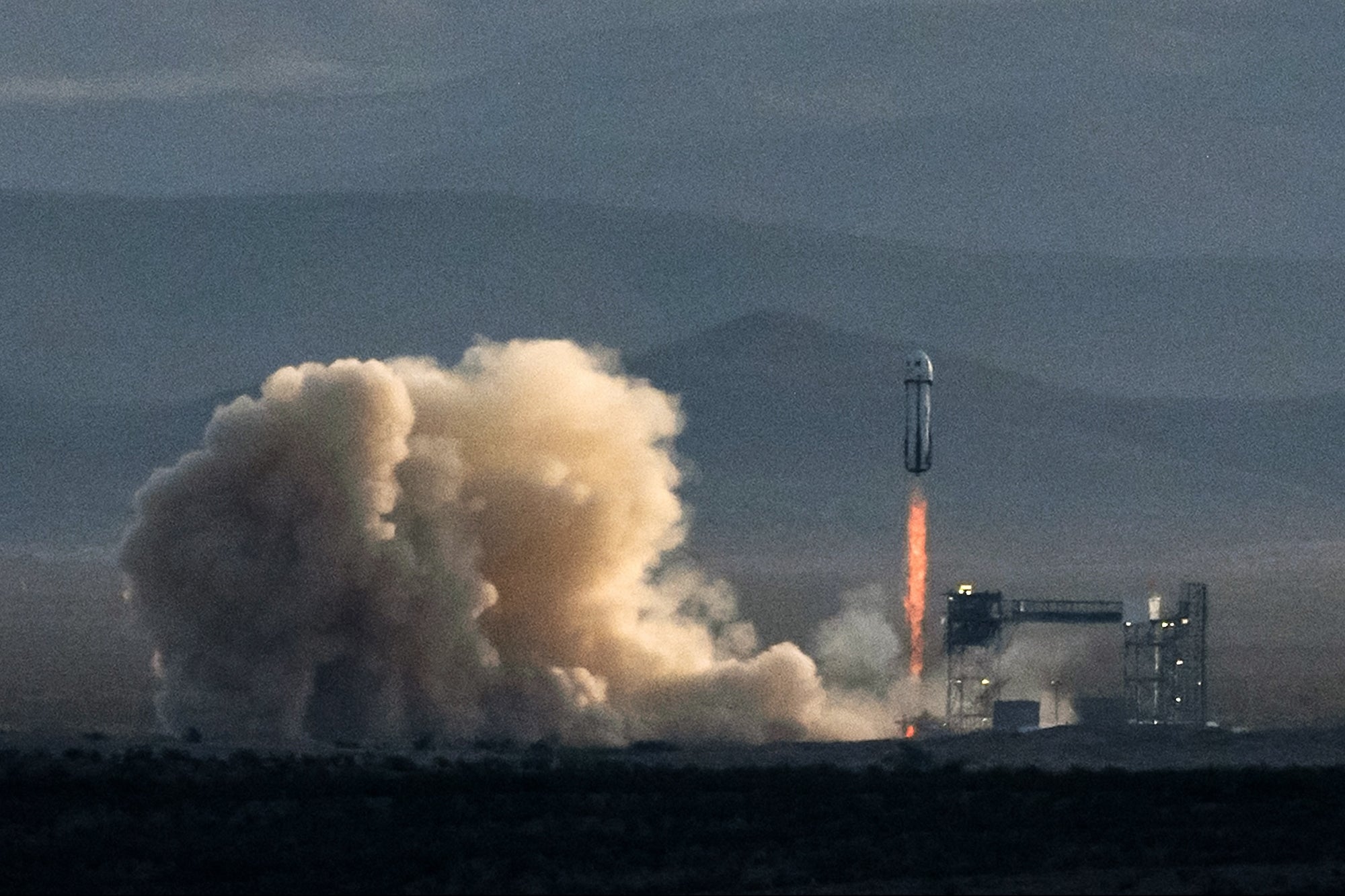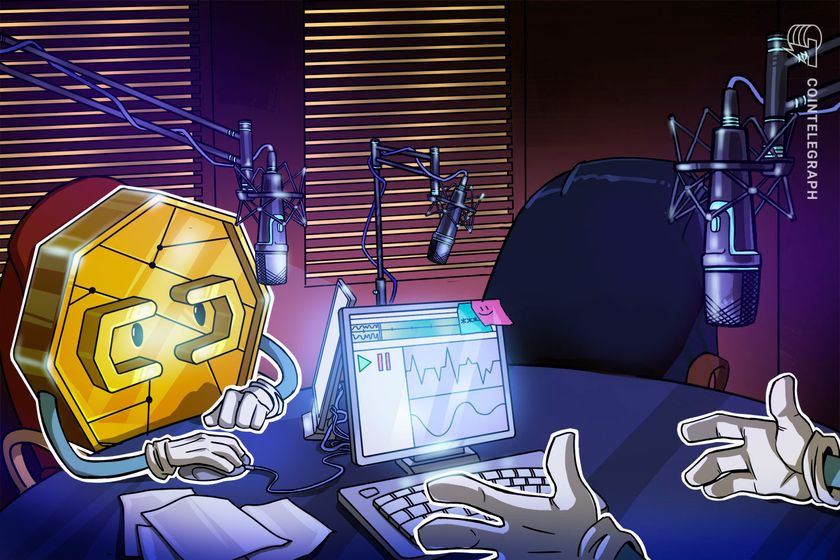Ray Dalio warns of 1930s-style collapse amid tariff hikes and surging US debt
A 90-day rollback excludes China, maintaining trade tension. US debt exposure to foreign creditors remains a top risk. Dalio compares current landscape to the 1930s Great Depression. The US economy is once again facing a fragile moment. With a sharp increase in tariffs on Chinese imports and mounting concerns over national debt, investors are watching […] The post Ray Dalio warns of 1930s-style collapse amid tariff hikes and surging US debt appeared first on CoinJournal.

- A 90-day rollback excludes China, maintaining trade tension.
- US debt exposure to foreign creditors remains a top risk.
- Dalio compares current landscape to the 1930s Great Depression.
The US economy is once again facing a fragile moment. With a sharp increase in tariffs on Chinese imports and mounting concerns over national debt, investors are watching closely for signs of a deeper crisis.
Bridgewater Associates founder Ray Dalio, speaking on NBC’s Meet the Press on Sunday, warned that President Donald Trump’s handling of economic policy could bring about something worse than a typical recession.
Dalio cited parallels with the 1930s, a decade marred by depression, nationalism and global disorder, raising alarm that the current trajectory may lead to a similar economic and political environment.
Tariffs hit 145% on China
Trump’s decision to increase tariffs on Chinese imports to 145% has escalated trade tensions with Beijing. The move was justified on grounds of “unfair trade practices” and the lack of market reciprocity.
A universal 10% tariff on most non-USMCA foreign goods took effect on April 5.
Days later, a 90-day reprieve was announced for most countries—excluding China—effectively rolling back tariffs to the 10% base rate to allow time for negotiations.
The mixed signals have raised market uncertainty and alarmed economists who see abrupt tariff shifts as a major risk to trade stability.
With China excluded from the tariff rollback, the world’s second-largest economy may consider retaliatory measures, which could further disrupt global supply chains and pressure import prices in the US.
Debt exposure raises alarm
Dalio also drew attention to the scale of US debt and foreign exposure.
He emphasised that America’s growing reliance on debt, combined with its current account deficit and geopolitical tensions, weakens the country’s financial foundation.
In particular, China—one of the largest holders of US debt—has been gradually reducing its Treasury holdings, signalling a lack of confidence in Washington’s fiscal direction.
This foreign withdrawal, according to Dalio, could put upward pressure on interest rates, strain public finances and increase the likelihood of an economic correction.
He warned that the convergence of these risks reflects a larger systemic issue in the global monetary system, one that could lead to a “breakdown” if not managed carefully.
Echoes of the 1930s
Dalio drew comparisons with the 1930s, when debt-fuelled growth, global trade imbalances and extreme political shifts culminated in economic collapse and world conflict.
He noted that the present moment bears similarities, with polarised politics, loss of faith in institutions and an erosion of monetary trust.
“We are having profound changes in our domestic order and we’re having profound changes in the world order,” he said.
Political instability at home is another concern.
As Trump pushes forward with aggressive economic measures during an election cycle, investor confidence remains shaky.
Dalio warned that if trust in the currency, markets and governance continues to weaken, the fallout could surpass the 2008 financial crisis in scope and severity.
Markets flash warning signs
Recent market volatility has also fuelled fears of a broader downturn.
Equities have faced sharp intraday swings, and bond yields have reflected investor demand for safety.
Dalio, who predicted the 2008 crisis, has been advising investors to diversify beyond debt-based assets, suggesting gold and Bitcoin as alternatives.
Although he has not forecast a specific collapse, his cautionary tone and comparisons to historical crises suggest a shift in narrative among veteran investors.
With the Federal Reserve already navigating inflation control and a slowing labour market, added instability from trade disruptions and debt exposure may limit the central bank’s room to act.
If these structural challenges remain unresolved, the US could enter a period of prolonged economic stagnation or worse, particularly if global confidence in American fiscal leadership continues to erode.
The post Ray Dalio warns of 1930s-style collapse amid tariff hikes and surging US debt appeared first on CoinJournal.












































































































































































![[The AI Show Episode 144]: ChatGPT’s New Memory, Shopify CEO’s Leaked “AI First” Memo, Google Cloud Next Releases, o3 and o4-mini Coming Soon & Llama 4’s Rocky Launch](https://www.marketingaiinstitute.com/hubfs/ep%20144%20cover.png)

















































































































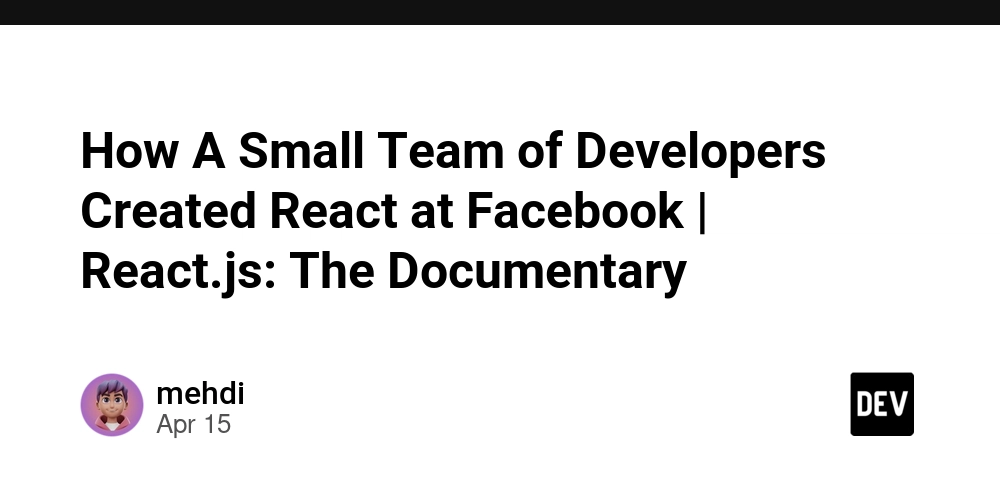




























































.jpg?#)
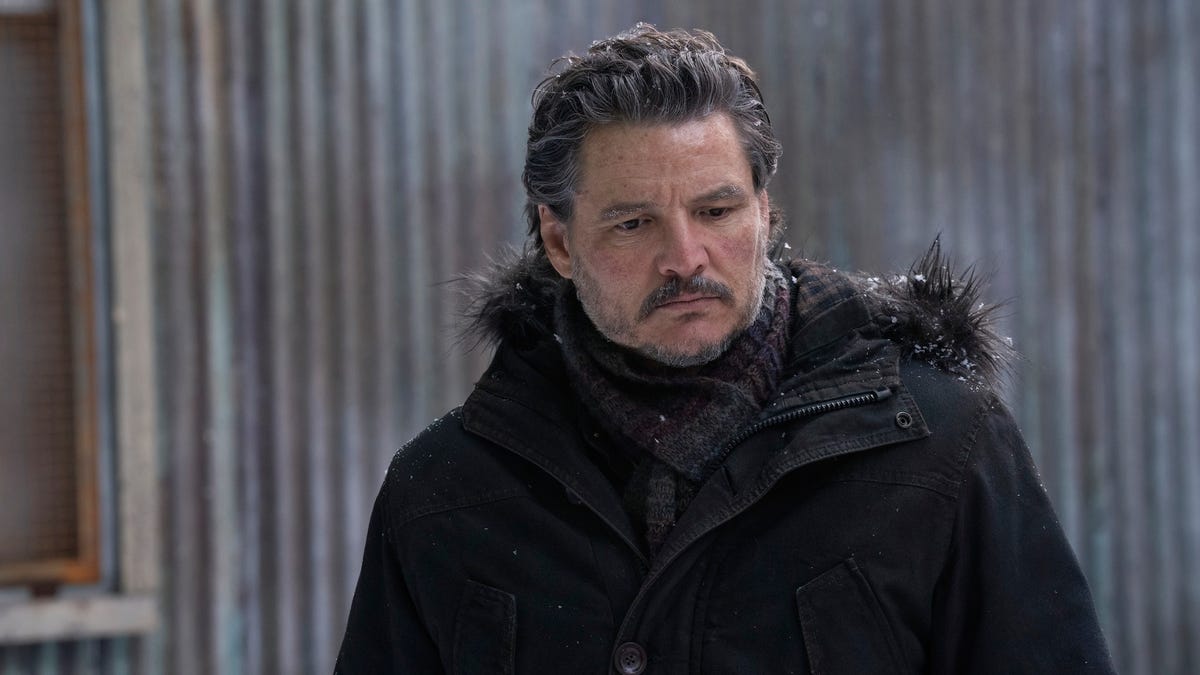













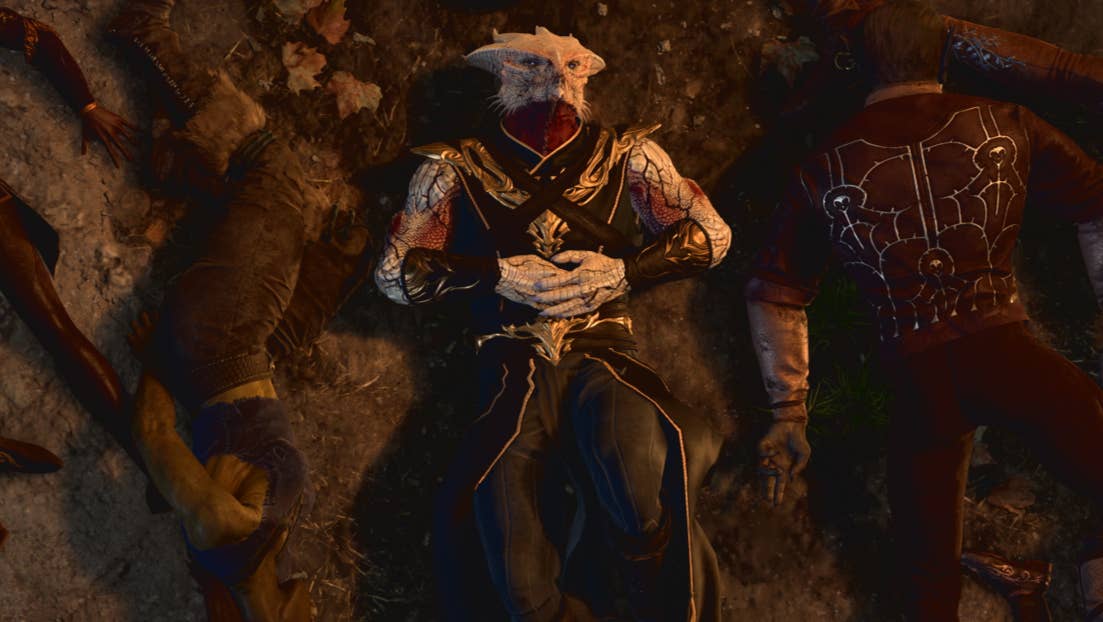
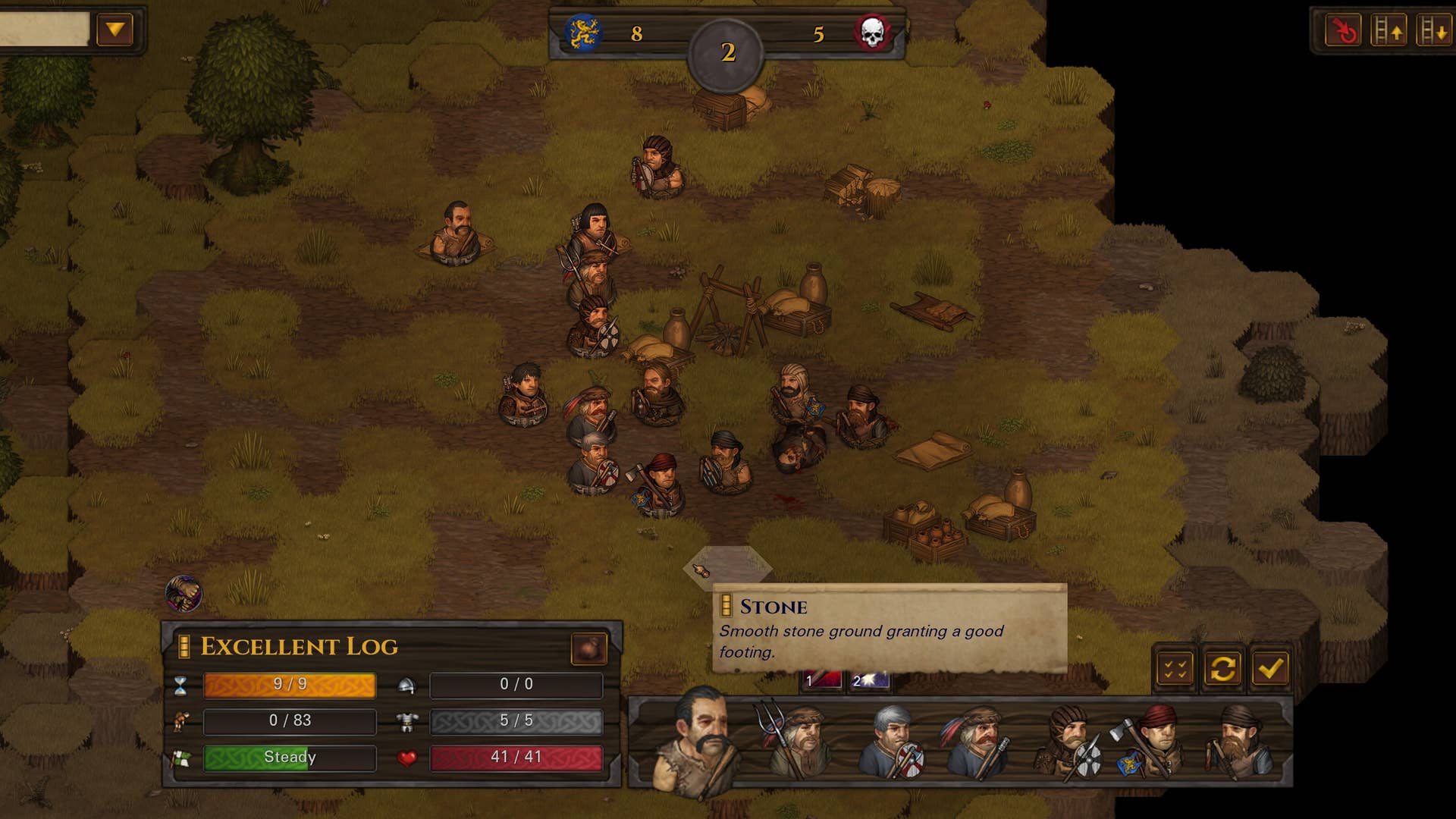







































.png?#)









-Baldur’s-Gate-3-The-Final-Patch---An-Animated-Short-00-03-43.png?width=1920&height=1920&fit=bounds&quality=70&format=jpg&auto=webp#)























_Aleksey_Funtap_Alamy.jpg?width=1280&auto=webp&quality=80&disable=upscale#)




























































































![‘Samsung Auto’ is an Android Auto alternative for Galaxy phones you can’t use [Gallery]](https://i0.wp.com/9to5google.com/wp-content/uploads/sites/4/2025/04/samsung-auto-12.jpg?resize=1200%2C628&quality=82&strip=all&ssl=1)












![Apple Taps Samsung as Exclusive OLED Supplier for Foldable iPhone [Report]](https://www.iclarified.com/images/news/97020/97020/97020-640.jpg)

![Apple's Foldable iPhone Won't Have Face ID for Under-Display Camera [Rumor]](https://www.iclarified.com/images/news/97017/97017/97017-640.jpg)
































































































